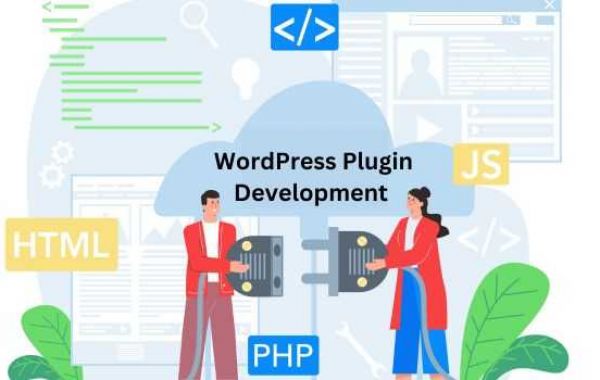WordPress, with its user-friendly interface and extensive customization options, powers millions of websites worldwide. One of the key factors contributing to its flexibility is the ability to extend its functionality through plugins. In this detailed guide, we'll delve into the details of WordPress plugin development, addressing both beginners and those seeking a deeper understanding.
Plugins empower WordPress users to add a wide range of functionalities to their websites without needing to write complex code from scratch. Whether you want to integrate a contact form, optimize your site for search engines, or create an online store, there's likely a plugin available to help you achieve your goal.
These plugins are developed by a diverse community of developers, ranging from enthusiasts to professional software engineers. They are typically distributed through the official WordPress Plugin Directory or third-party marketplaces.
Now that we've covered what WordPress plugins are, let's explore how they're developed and how you can get started creating your own plugins to customize your WordPress site further.
Understanding WordPress Plugins:
Before diving into development, let's grasp the essence of WordPress plugins. Essentially, a plugin is a package of code that extends the core functionality of WordPress. It can add new features, modify existing ones, or even integrate with third-party services. Plugins are crucial for tailoring WordPress to specific needs without altering the core codebase.
Getting Started:
To embark on your plugin development journey, ensure you have a basic understanding of web development languages such as HTML, CSS, JavaScript, and PHP. Familiarity with WordPress architecture, including hooks, actions, and filters, will also be beneficial.
Planning Your Plugin:
Every successful project starts with a solid plan. Define the purpose of your plugin, its target audience, and the features it will offer. Consider conducting market research to identify existing solutions and areas for improvement.
Setting Up Your Environment:
Creating a conducive development environment is essential. You can set up a local WordPress installation using tools like XAMPP or install WordPress on a staging server. This environment allows you to experiment freely without impacting your live site.
Coding Your Plugin:
The core of plugin development lies in writing code. Start by creating a new directory within the "wp-content/plugins" folder of your WordPress installation. Your plugin's main file, typically named "plugin-name.php," should contain essential information such as plugin name, description, version, and author details.
Utilize WordPress APIs:
WordPress provides a rich set of APIs (Application Programming Interfaces) that simplify plugin development. Leverage functions like add_action(), add_filter(), and do_shortcode() to interact with WordPress core functionalities seamlessly.
Implementing Features:
Whether you're adding a simple shortcode or developing a complex e-commerce integration, ensure your code is well-structured and follows best practices. Modularize your code, handle errors gracefully, and prioritize security to safeguard against vulnerabilities.
Testing and Debugging:
Thorough testing is crucial to ensure your plugin functions as intended. Test across different browsers, devices, and WordPress versions to catch any compatibility issues. Utilize debugging tools like WP_DEBUG and browser developer tools to identify and fix errors efficiently.
Documenting Your Plugin:
Clear documentation is essential for both users and developers. Provide detailed instructions on installing, configuring, and using your plugin. Include code examples, FAQs, and troubleshooting tips to enhance user experience.
Deployment:
Once your plugin is ready, you can deploy it to your WordPress site or share it with the community by submitting it to the official WordPress Plugin Directory. Adhere to submission guidelines and consider offering premium versions or support services for revenue generation..
Conclusion:
WordPress plugin development offers endless possibilities for customization and innovation. By following this comprehensive guide and leveraging resources like tutorials and forums, you can master the art of creating powerful plugins that enhance the WordPress ecosystem. So, roll up your sleeves, unleash your creativity, and start building plugins that make a difference!







